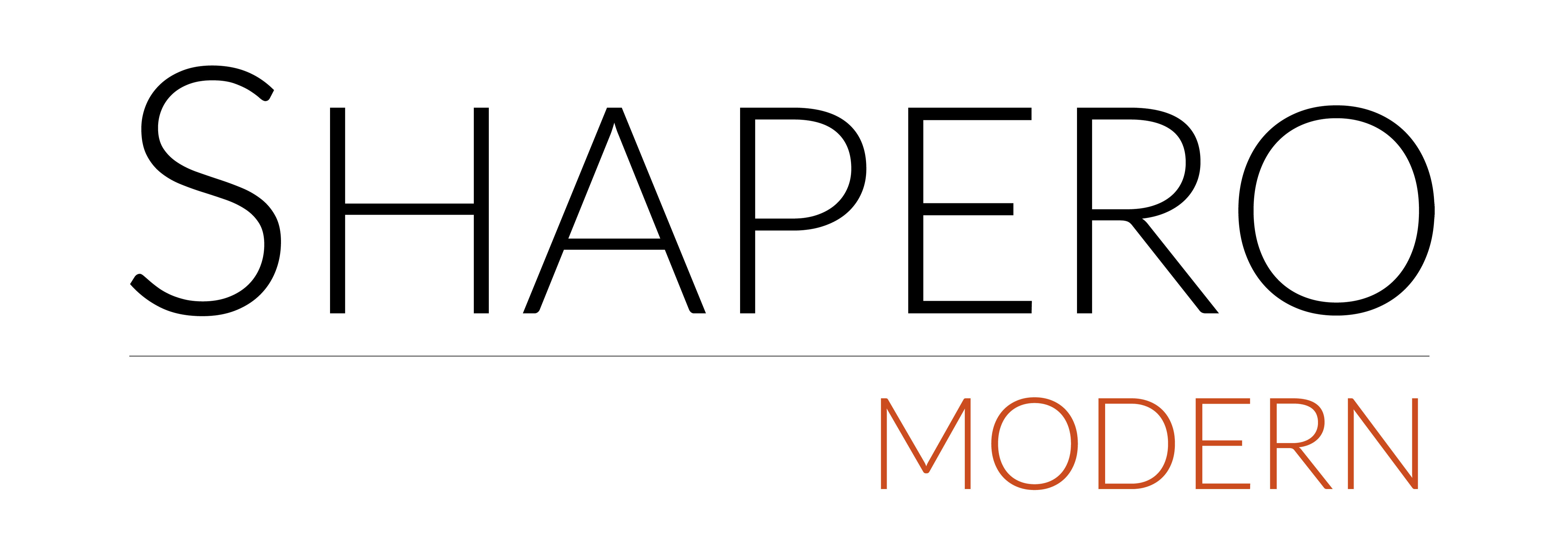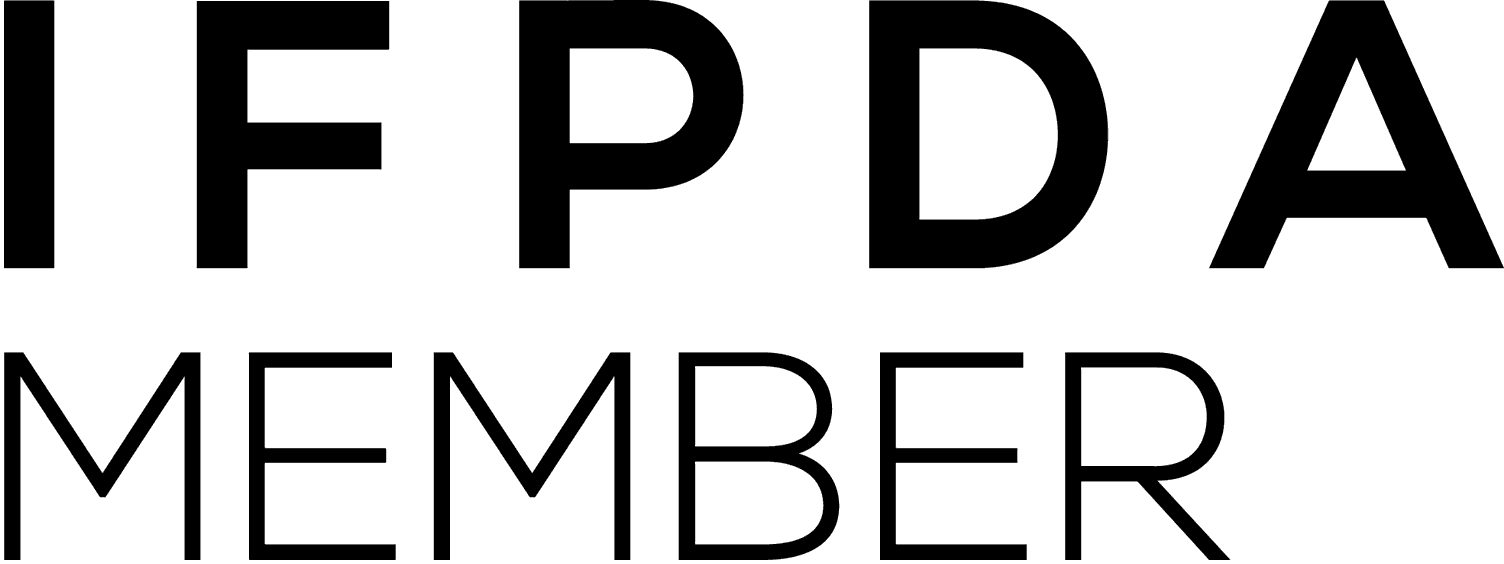Günther Uecker
Send me more information on Günther Uecker
Günther Uecker (1930 – Present) was born in Wendorf, Mecklenburg. Uecker begun his artistic education in 1949 when he took up studies at Wismar, going on to study at Berlin-Weisensee and Düsseldorf, studying under Otto Pankok at the Kunstakademie Düsseldorf.
In 1956, Uecker begun to incorporate nails in his work, the practice for which he is perhaps best known. Uuecker came into contact with the group ZERO artists in 1960, preoccupied with propogating a new art form in opposition to the German Informel. Uecker and contemporary ZERO members Mack and Piene began collaborating at the Stedelijk Museum in Amsterdam 1962, installing a Salon de Lumiere at the Palais des Beaux-Arts in Paris. Uecker is famed for his preoccupation with the medium of light and optical phenomena in his early career, but after 1966 and the dissolution of the group ZERO, Uecker increasingly turned towards the nails that would ultimately become his trademark.
After his participation in numerous Gruppo ZERO exhibitions, Uecker’s first major exhibition independent of ZERO was his inclusion in the Documenta 4 at Kassel, Germany in 1968. Subsequently, Uecker was included in the Venice Biennale (1970) and numerous solo shows, including one at the Kunsthalle Düsseldorf (1983), a retrospective at the Kunsthalle der Hypo-Kulturstiftung, Munich (1990) and another at the Ulmer Museum in 2010. Uecker held his first solo exhibition in the United States at the Howard Wise Gallery on West 57th Street, and designed the scenery for Wagner’s Lohengrin at Bayreuth (1979 – 1982).
Uecker is collected by institutions world-wide, among them: the ZERO foundation and Museum Kunst Palast, Düsseldorf; Calderara Foundation Collection, Milan; Courtald Institute of Art, London; Honolulu Museum of Art; the Schleswig-Holstein Museums, Germany; the Studio Esseci, Padua, Italy; Stedelijk Museum, Amsterdam; Van Abbemuseum, Eindhoven, Netherlands; Von der Heydt-Museum, Wuppertal, Germany; Museum of Modern Art (MoMA), New York; Art Institute of Chicago, Chicago; Museum of Contemporary Art, Los Angeles; Centre Pompidou, Paris; Peggy Guggenheim Collection, Venice; the Ulster Museum, Belfast and the Walker Art Center, Minnesota.

